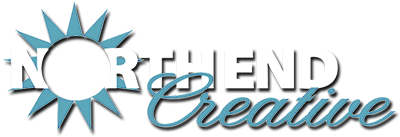Acknowledgment: Howcast is a free, decent and useful source for photography tips. Digital phtography using your phone is now virtually as good as a standalone DSLR camera and, what's even better, you can post directly to social media, your Shopify site and other platforms, right from your smartphone.
Watch more Howcast Digital Photography 101 videos by clicking here.
Digital Photography 101 Quick Tips
You might not be composing award-winning photos, but if you cross paths with the right celebrity at the right moment, you'll want to know how to make your shot a tabloid-worthy one.
Step 1: Set your camera phone
Set your camera phone to take the highest quality (and largest file size) photo possible.
Step 2: Clean your camera lens
Make sure your camera lens is clean—and that you know exactly where it is!
Step 3: Arrange your subjects
Arrange your subjects or scene as you see fit.
Step 4: Make sure there’s plenty of light
Make sure there’s plenty of light. If you have a flash, turn it on, and stand with whatever other light source is around behind you, so it shines on your subject.
Tip
Don’t block the light with your own body, casting shadows on your subject.
Step 5: Get in close
Get in close so that the subject is in full-frame.
Step 6: Use the rule of thirds
Use the rule of thirds, framing your subject in either the left or right third of the frame, not dead center—creating a more interesting picture.
Tip
If you’re shooting a celebrity at a club, use the rule of fourths—if the bodyguard is four times your size, don’t take the picture.
Step 7: Keep the camera steady
Keep the camera as steady as possible—the less movement the better, so stabilize yourself as best you can.
Step 8: Snap your shot
Snap your shot and hope for the best—or the worst, as the case may be.
There are also plenty of reasons using a professional photographer is the right way to go.





